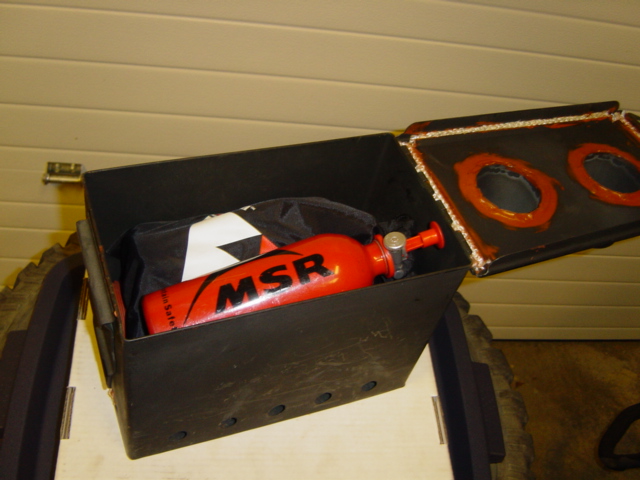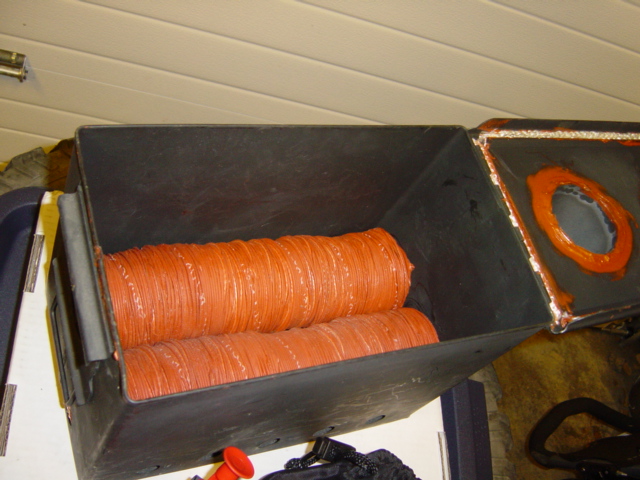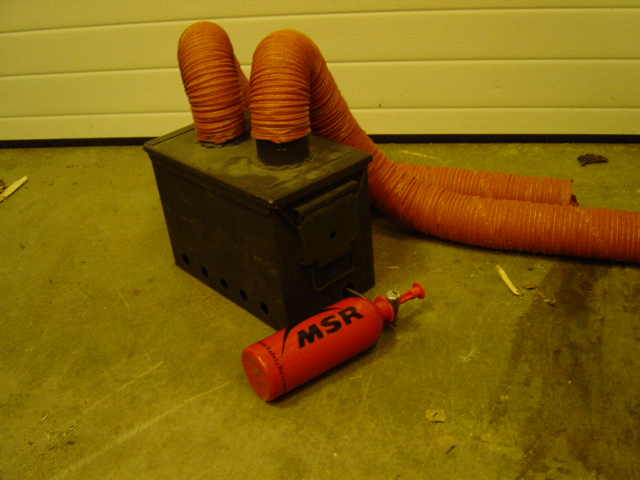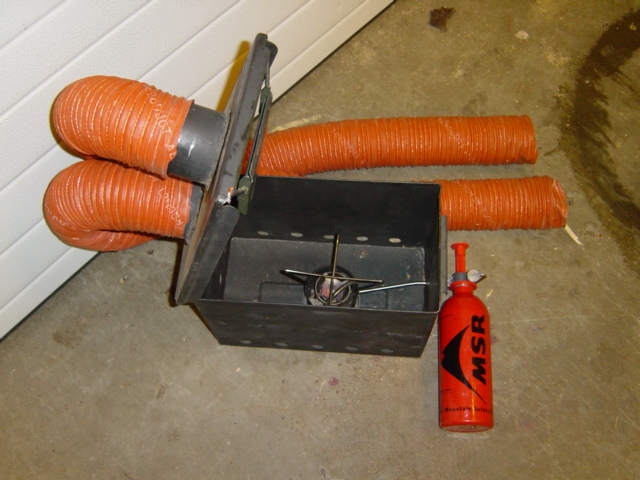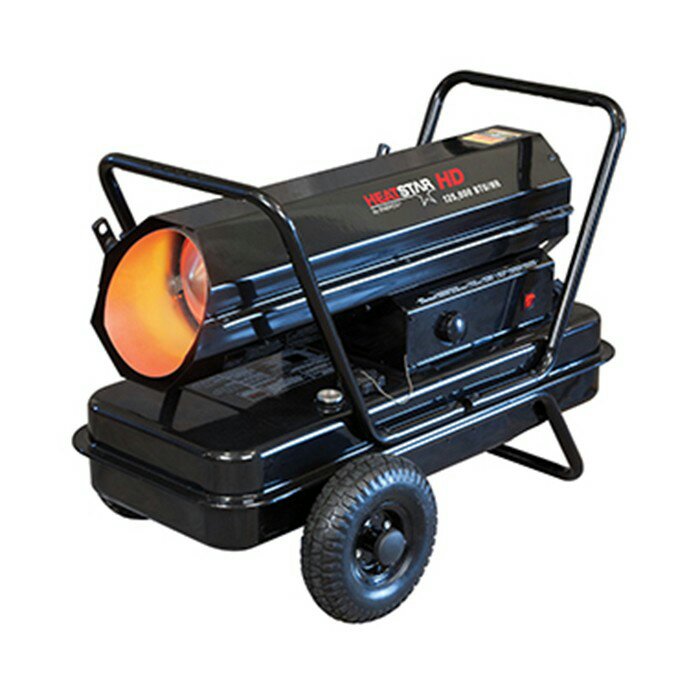josephades
Pre-Flight
- Joined
- Jun 26, 2016
- Messages
- 77
- Display Name
Display name:
ja
Winter is right around the corner and I was wondering if there were any options to help pre heat the engine when electricity is not available at the tie down where I park the plane
My plane does have a 100w/120v pre heater attached. I was thinking to have a solar setup. Put the solar panel itself right on top of my lock box, and the rest of the equipment inside the box. For this much electricity, seems like it's not going to be so easy.
Was wondering if I can get input from others who are more experienced in this dept
Thanks in advance!
(1976 Piper Archer II)
My plane does have a 100w/120v pre heater attached. I was thinking to have a solar setup. Put the solar panel itself right on top of my lock box, and the rest of the equipment inside the box. For this much electricity, seems like it's not going to be so easy.
Was wondering if I can get input from others who are more experienced in this dept
Thanks in advance!
(1976 Piper Archer II)



